How to Light Your Home
It's all about layers.
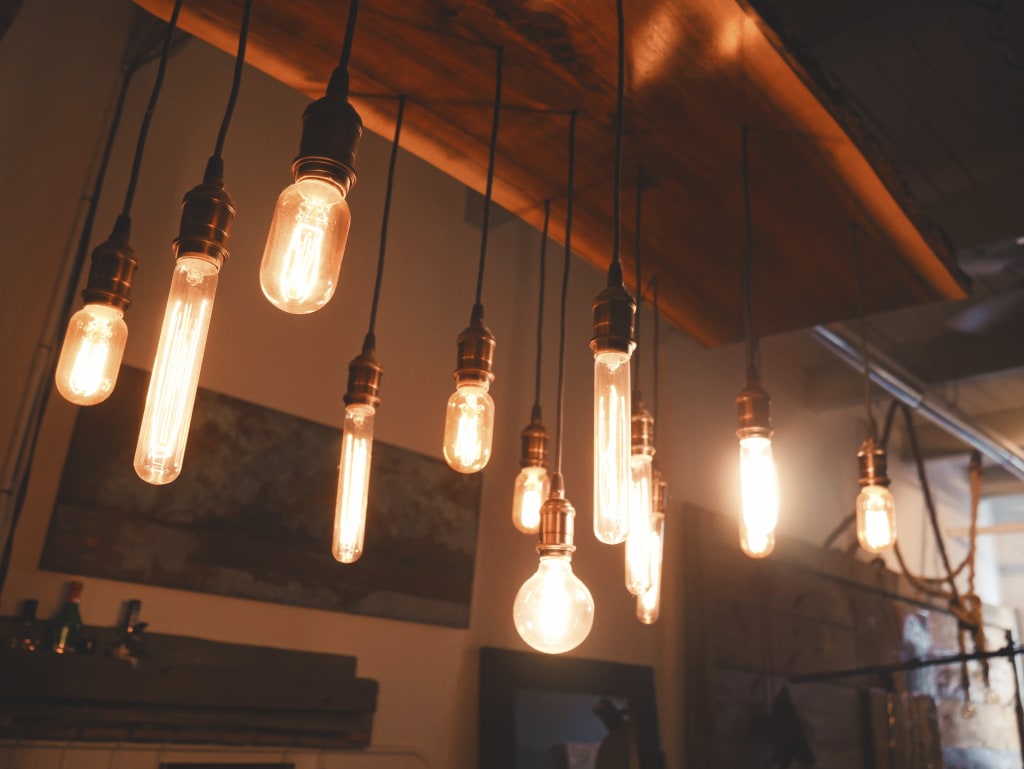
One of the most important things you can do to improve your home is to organise and increase your lighting. Not only is it important for visibility, but it also makes colours pop and can be the focal point of your space.
So what types of lighting are there and what are they used for? This short guide gives you the low-down on the three main types and how to utilise them.
Ambient
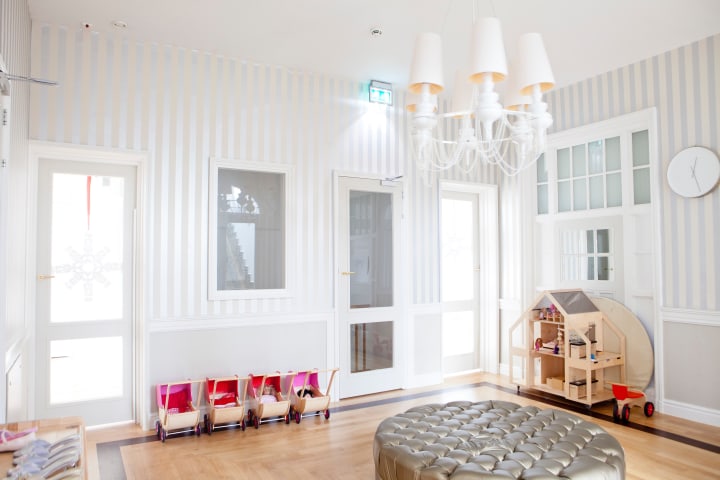
Ambient lighting or 'general lighting' is used for lighting an entire space. This is used for many reasons such as ensuring there is high visibility, which can help your chosen colour scheme look vivid and allow you to see all your objects much more easily.
Fixtures that provide this light are flush and pendant lights, as well as wall sconces that are strong enough to provide more than spot lighting.
Although this is one of the most essential types of lighting, most people often stop there and don't take advantage of the other layers that make up the lighting in the room.
Some of the benefits of using good ambient lighting in terms of mood can really be night and day. As ambient lighting includes not only but fixtures and natural light, the organisation of these methods can affect the mood of the entire room, as well as the style of the chosen fixture itself.
More modern choices could include chrome pendants whilst a rustic décor choice could utilise creative alternatives such as lanterns as long as they have the strength to evenly wash the room with light.
Task
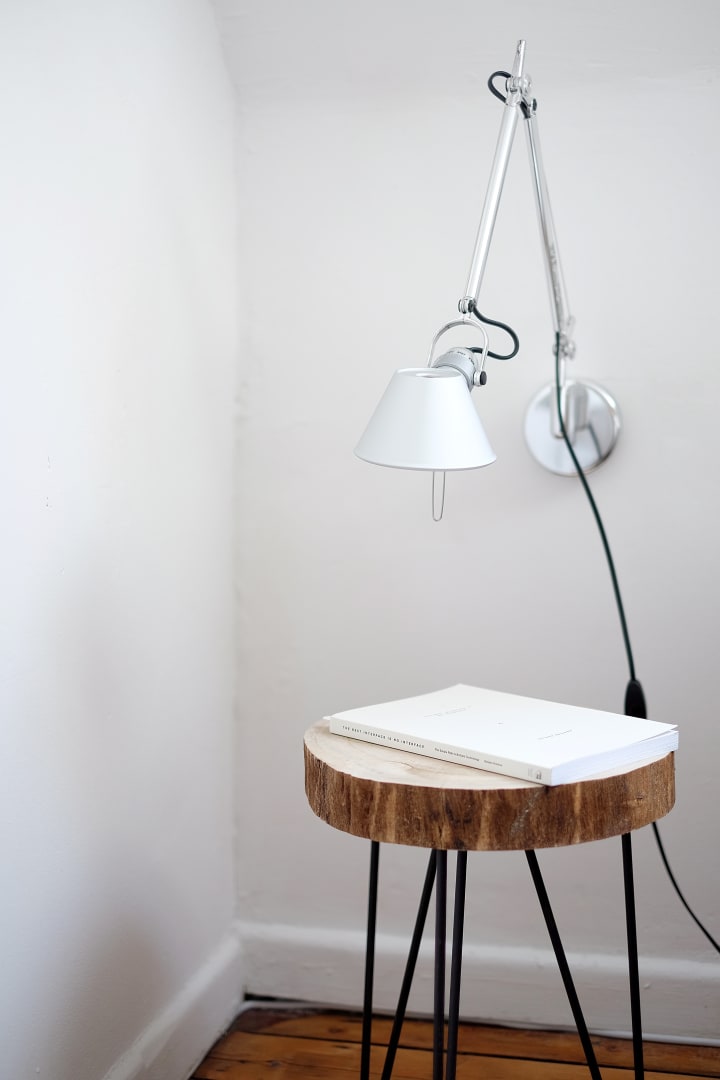
Task lighting, as the name indicates, is often used to accent a specific area usually used for a specific task such as reading in the living room, in the kitchen for food preparation or, in commercial projects like a jeweller's, for highlighting pieces for sale.
Often cited as the second layer of lighting, fixtures that provide this type include table lamps, sconces, vanity lights and under counter lights.
A good way of utilising enough task lights is to make a list of the activities you intend to perform in the room.
Mixing both work and relaxation can be tough in a space, especially at home when your living room can be a place for you to unwind and perhaps watch TV at the end of the day or in contrast turn into your home office at a moment's notice. This is how task lighting can really help by working to the various different moods.
Softer lights like those often used with lamps or using accent lights that can dim can be a great way of relaxing, then, on the other hand, you can use fluorescent lights when there is a lot of light needed like when chopping up food.
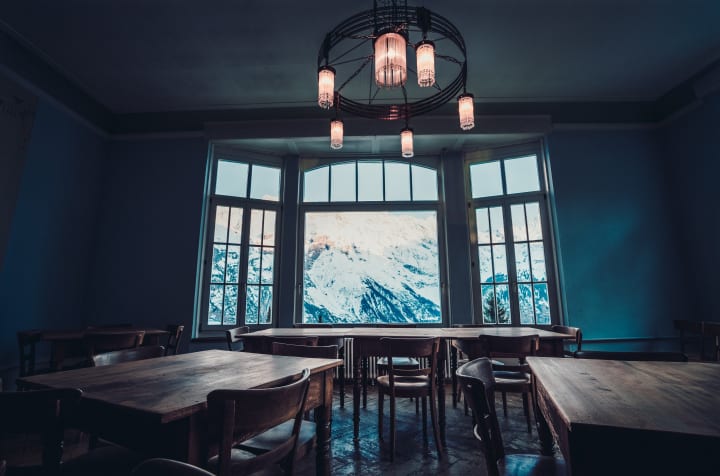
Decorative lighting can range dramatically from futuristic glowing under-plinth strip lights to classic decadent chandeliers, the importance being on how it affects the area and the shapes around it more so than the brightness or intensity of the light.
This is usually the third layer of lighting in a room, and its uses are for adding geometry and intriguing style concepts to the space rather than for the purpose of necessarily emphasising an area or adding a wash of visibility.
Decorative lighting is chosen by deciding where you want a focal point added.
Decorative lighting can have a powerful impact on the mood of a room, for instance adding the glitz and glamour of a warm chandelier in the living room can give a much different feel to your space when compared to using a more modern copper or brass chunky pendant in the same place.
One is classic and elegant, whilst the other is more informal and can unite different metallic materials.
About the Creator
Georgia de la Bertauche
Student at Staffordshire University studying Interior Design & Qualified SEO Marketer


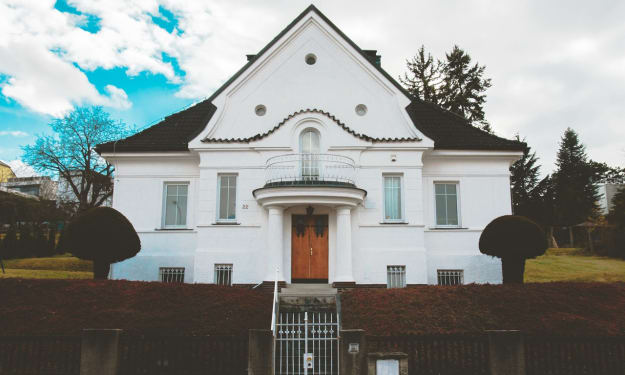
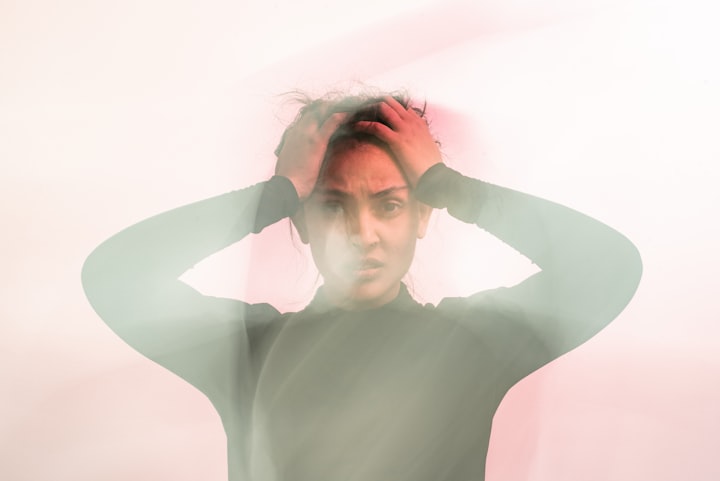


Comments
There are no comments for this story
Be the first to respond and start the conversation.